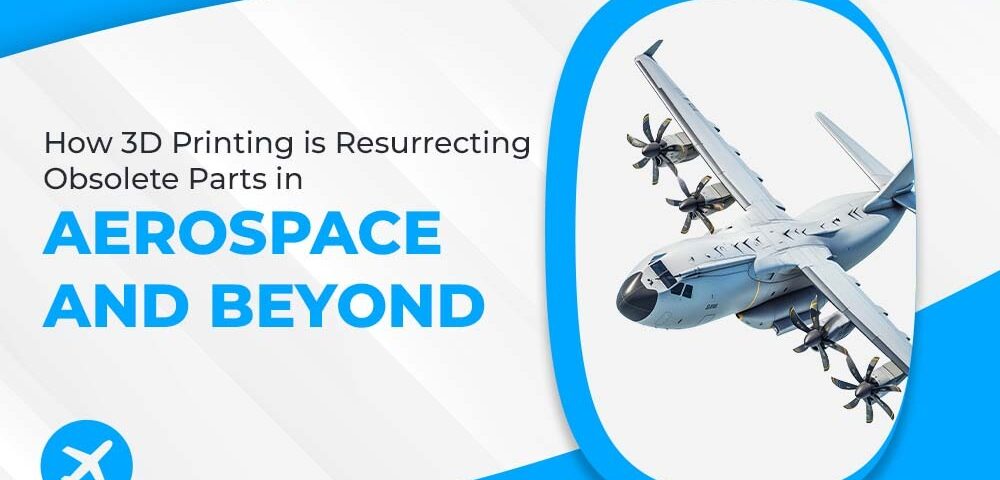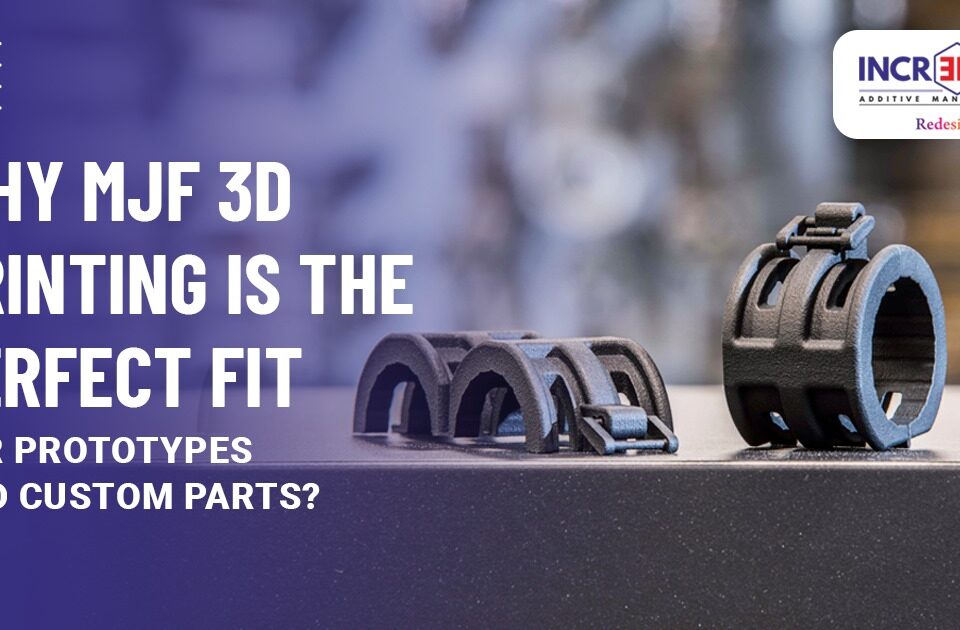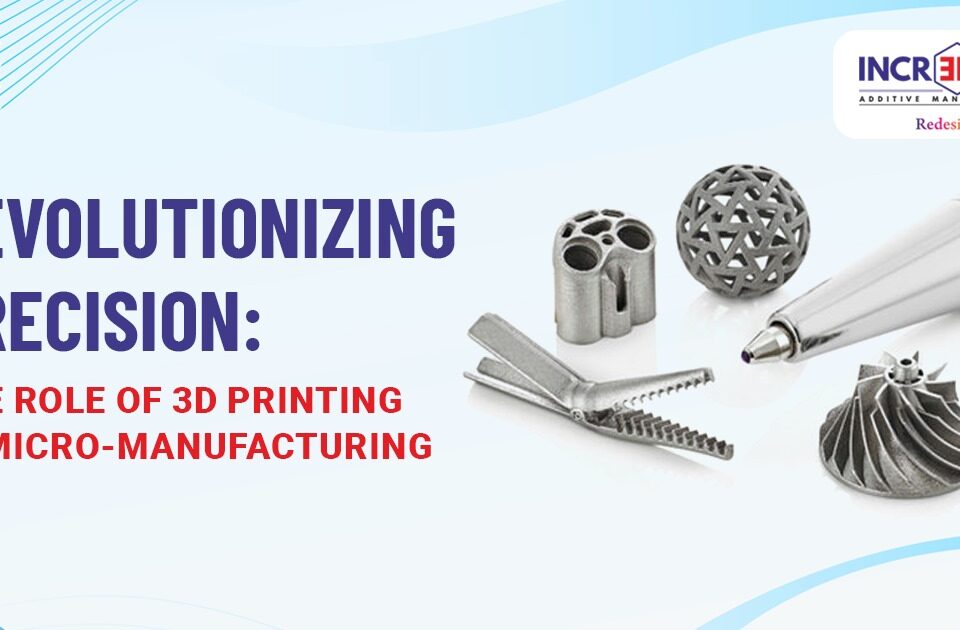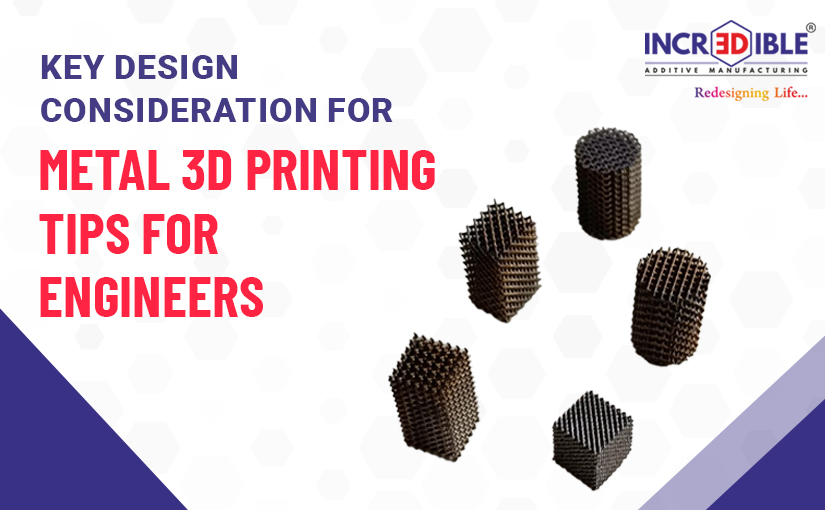How 3D Printing is Resurrecting Obsolete Parts in Aerospace and Beyond
The aerospace industry is among the pioneers of embracing the technology commonly referred to as 3DP or AM when it was invented. However, it should be noted that manufacturing with 3D printing has been common for several decades among OEMs, suppliers, and governments, and the most recent generations of commercial airplanes have parts made with 3D printing. However, conventional industrial 3D printers remain almost out of reach for most organizations due to their incredibly high costs. But in the past 10 years, the price for even industrial-grade 3D printers has fallen off a cliff and most of the new materials for 3D printing are better suited to many higher-performance uses. Due to the presence of additive technology, 3D printing for obsolete parts is enabling aerospace engineers and researchers to expand the field.
Digitization of inventory and use of 3D printing in spare parts
A company that uses aerospace 3D printing is capable of storing low-demand spare parts and other parts, for example, obsolete, in the digital format instead of the actual physical warehouse. It is sustainable for OEMs and suppliers as it alters their method from “make-to-stock” to what is known as “make-to-order.”
Use of 3D Printing in Aerospace Industry
In aerospace, 3D printing needed for several tasks, ranging from generating detailed prototype models and required tools. NASA and the Air Force commonly use these placeholders. Structural brackets for vital systems and visually accurate prototypes are also 3D printed, allowing designers to evaluate parts’ appearance and aerodynamics before final production.
Jetsuit Prototypes with 3D Printing
Gravity Industries uses 3D printing to accelerate jet suit prototypes for search and rescue missions where helicopters can’t reach. Lead designers frequently test rocket motor parts, permitting them to notice ignition designs. The secluded plan allows him rapidly to trade parts and test start, saving expenses and diminishing lead time by keeping away from customary metal assembling.
Rocket Engines Powered by 3D Printing
Space Frameworks, gaining practical experience in rocket engines, utilizes 3D printing to plan complex rocket motors. By 3D printing, they can make multifaceted plans moderately and quickly repeat models. Research engineer highlights that , 3D printing for obsolete parts allows more design flexibility and reduces cost compared to traditional machining, helping them produce high-performance engines faster.
Streamlined Tooling for Aerospace
A mechanical designer coordinates 3D printers to accelerate testing and creation, empowering for the time being printing for faster outcomes. This cost-effective process allows rapid iteration without relying solely on time-intensive CNC machining.
Conclusion
Metal 3D printing for engine parts and advanced design software that allows for previously unheard-of precision are two emerging technologies in aerospace 3D printing. The future of aircraft 3D printing appears bright as more businesses invest in research to overcome obstacles. 3D engineering is proving to be a better option, driving innovation and pushing the industry toward new, efficient designs and sustainable production methods.




